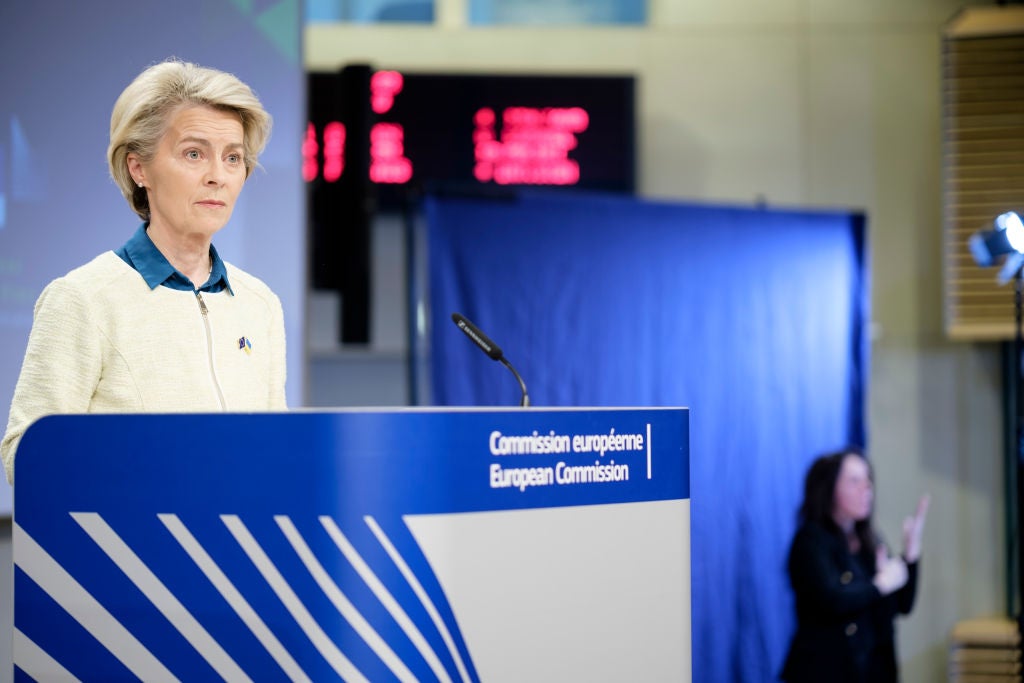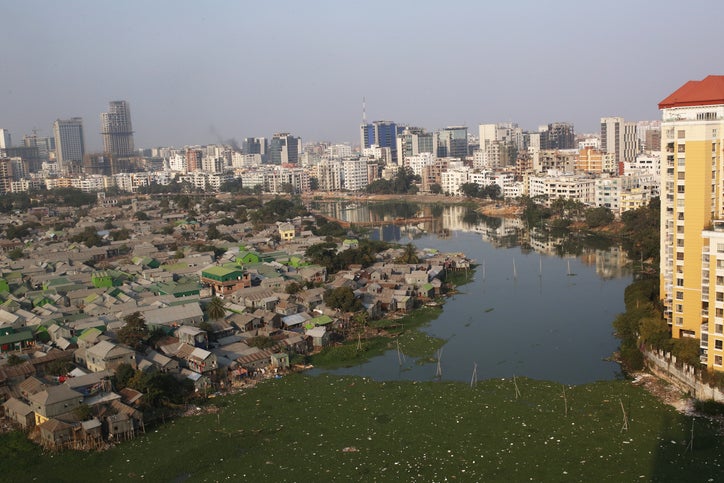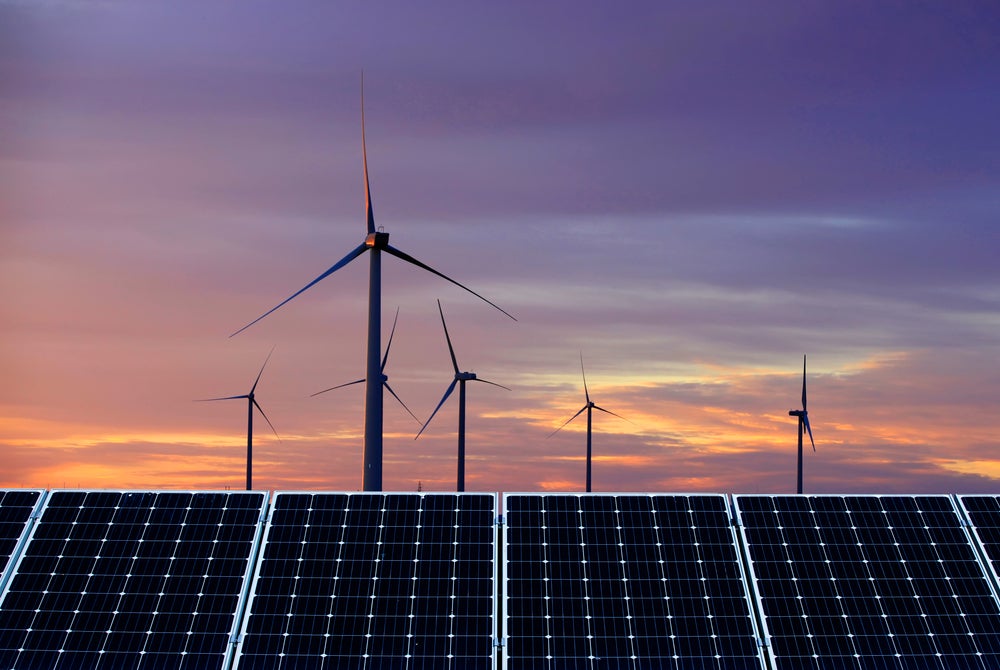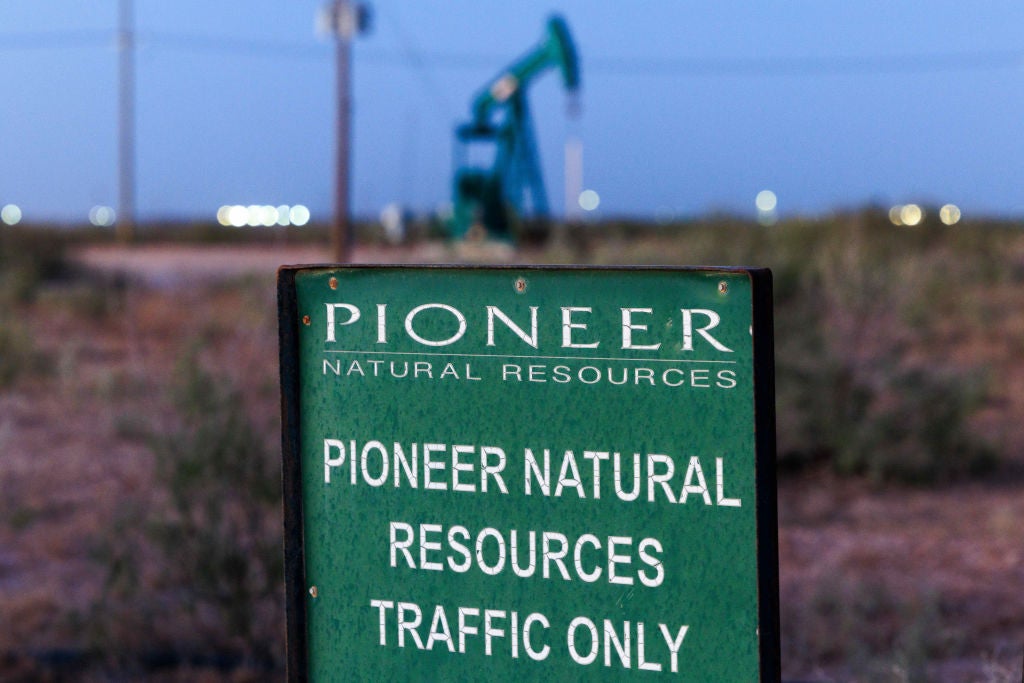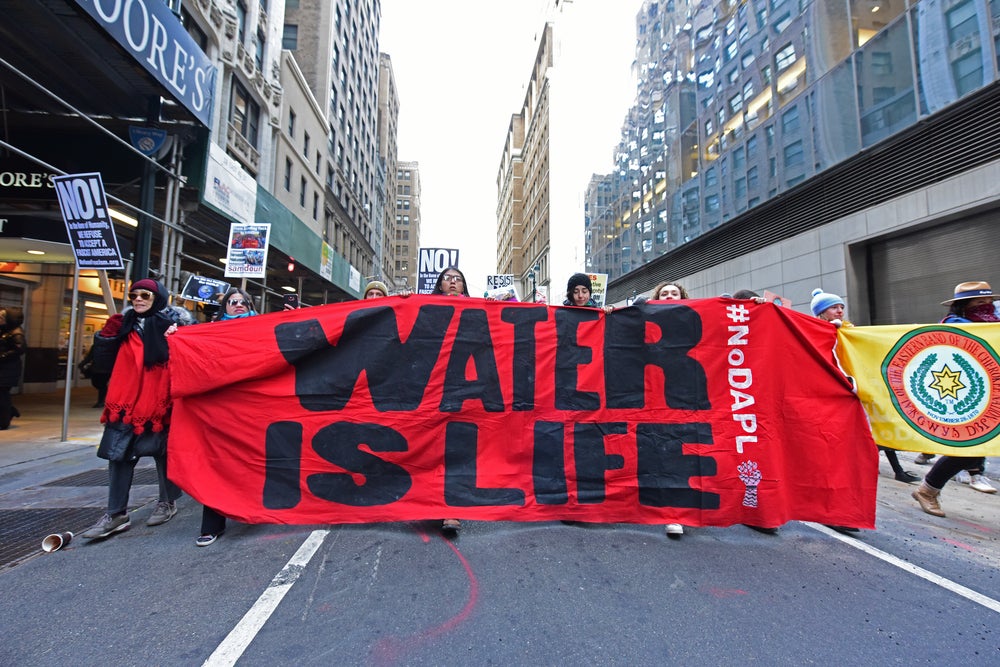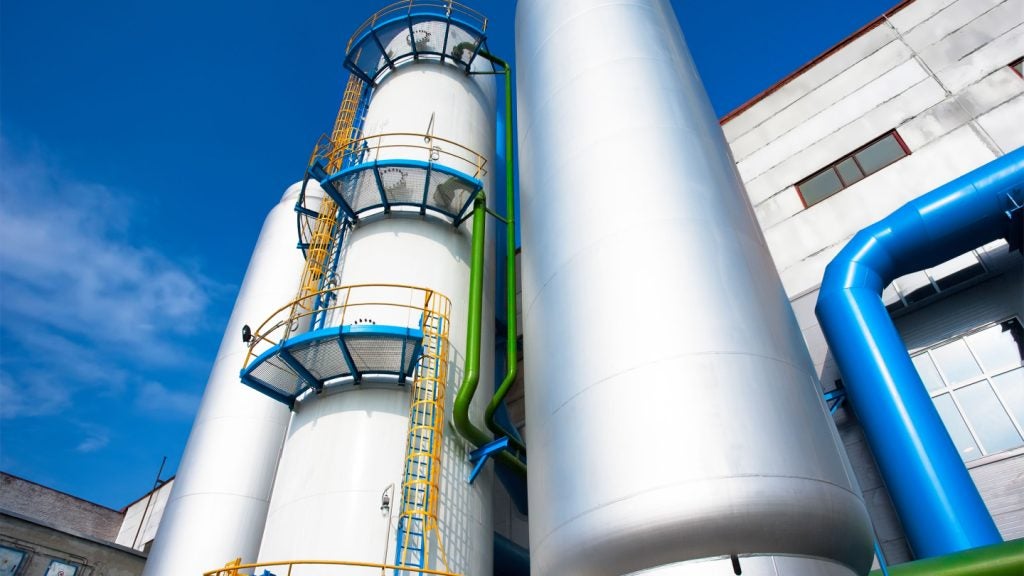The delayed EU Heat Pump Action Plan, now locked in the Commission’s political permafrost until after the European Parliament elections in June, holds one of the keys to Europe's energy future. Its delay has drawn criticism from NGOs and industry alike. Heating and cooling makes up a hefty 50% of EU energy use, and most of it runs on fossil fuels. As the EU charts the course for energy-efficient buildings fuelled by homegrown, clean and affordable energy, the EU Heat Pump Action Plan emerges as the mainsail to bring these visions to land.
Such a future is no longer far-fetched fiction. Europe is already hitting historic highs in renewable energy production, which made up nearly 44% of the EU's 2023 power production. However, as long as the heating sector remains unelectrified, Europe will continue to pay for foreign fuels to stay warm and the renewable transition will remain a pipe dream.
Industry transition needs good road maps
The EU Heat Pump Action Plan is the missing road map that will translate vision into reality and deliver energy savings within our businesses and homes. This includes positive signalling to a budding European technology industry, and with it the necessary vocational training, financing systems and national government support.
Such a road map already exists for solar thermal and photovoltaics (PV) – the other key to decarbonising European heating and cooling. Since its publication in 2022, the solar road map has boosted confidence in the industry. We have seen three consecutive years of record-breaking new PV installations, a near doubling of solar ambition in national energy and climate plans since 2019, and uninterrupted double-digit growth since 2016.
The heat pump industry stands poised to complement solar to address one of Europe's largest sources of fossil fuel dependency. Operating in synergy with solar, geothermal energy and district heating, heat pumps can help electrify rural or urban areas. Rapid technological advancements mean that a combination of these solutions can already replace gas boilers today, delivering energy savings for renovated and non-renovated buildings alike, and slashing energy expenses across households and businesses in the medium and long term.
EU Heat Pump Action Plan: caution kills progress
Ursula von der Leyen’s Commission may have erred on the side of caution in the lead-up to the elections in June, potentially missing out on a victory for REPowerEU’s energy independence goals and the EU Green Deal targets alike. Kicking the proverbial can down the road might mean it never sees the light of day, derailing Europe’s energy transition and undermining the achievement of climate targets in both 2030 and 2040.
For the Commission, the time to act is now. The EU Heat Pump Action Plan is not an administrative detail; it is the final mile in the four-year marathon of this Commission’s commitments – commitments to a future where Europe runs on competitive, clean, cheap and locally produced energy.
Editor's note: This article was authored by Davide Sabbadin, deputy policy manager for climate at the European Environmental Bureau (EEB), and Bich Dao, a Communications Officer for Circular Economy at the EEB.


